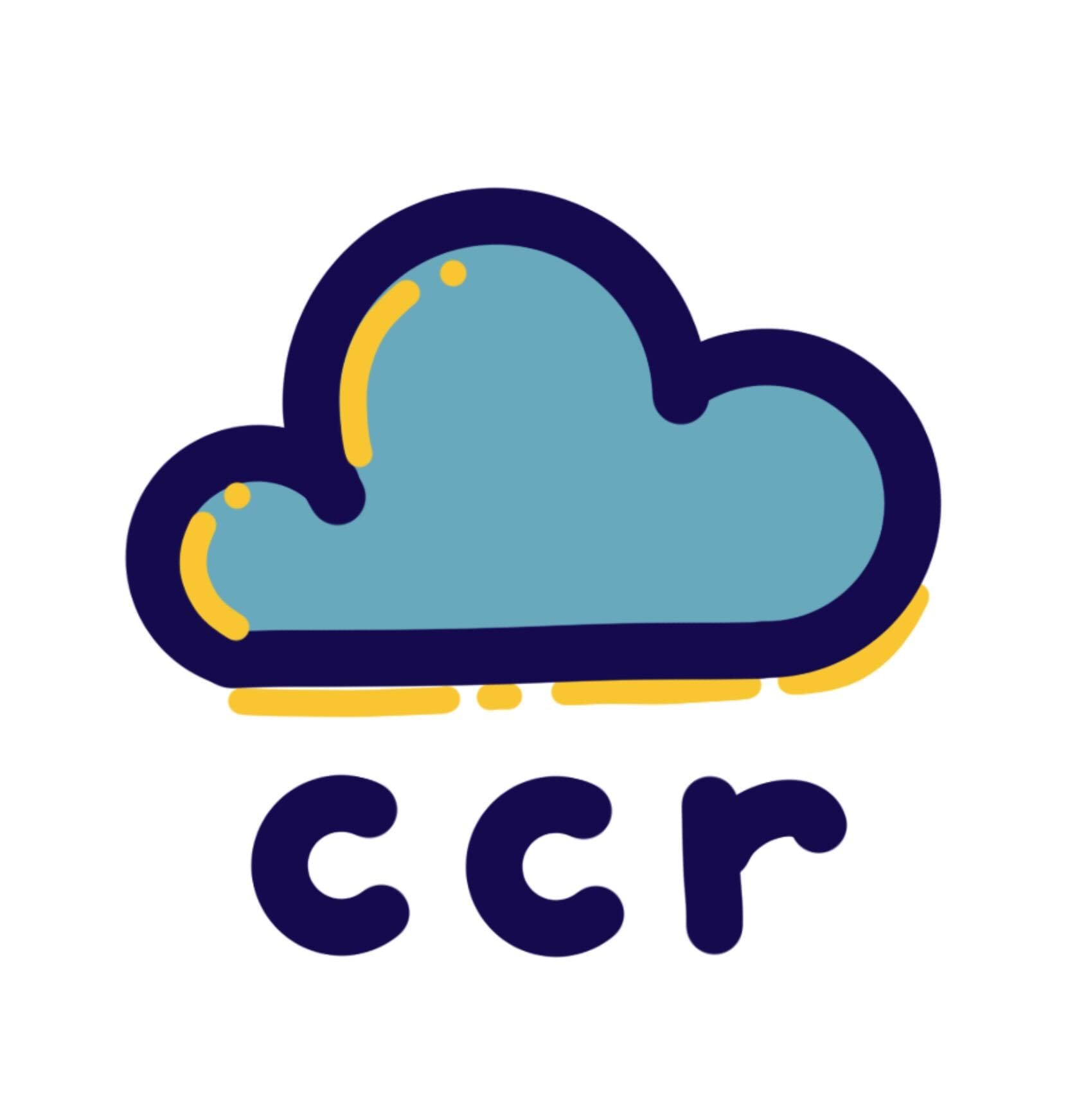5 Fundamental Drivers of Cloud Costs
Effective cloud cost management requires a comprehensive approach that deals with the fundamental causes of cloud costs, including business alignment and cloud-specific architecture. By adopting this broader perspective, organizations can maximize the value of their cloud investments.
Many organizations focus on cost management tools as the solution to effective cloud cost management. While these are essential components, they do not fully address the underlying causes of increasing cloud expenses. This article delves into why a more comprehensive approach is necessary to address the intrinsic factors driving cloud costs.
1. The Limitation of Tools in Understanding Business Context
Cost management tools are handy for tracking expenses and generating reports. However, such tools cannot comprehend the complex business drivers behind those costs. Every aspect of a business, from product development strategies to financial planning, influences cloud spending. What is required is a team that serves not only as a bridge but also as an integrator, unifying cloud expenses with business objectives. This necessitates a profound understanding of how different departments utilize cloud resources and how they align with the overall business goals.
2. The Critical Role of Cloud-Specific Architecture
One crucial aspect often overlooked is the need for an architecture specifically optimized for cloud environments. Unlike on-premises infrastructure, cloud environments require a unique architectural approach to leverage their potential fully. This means designing systems that are scalable, resilient, and cost-effective. A well-designed cloud architecture can lead to significant cost inefficiencies, regardless of how effective your cost management tools might be. The key is to adopt cloud-native designs, such as serverless architectures, microservices, and efficient data storage solutions, which inherently drive down costs while improving performance.
3. Bridging the Gap between Technical and Financial Understanding
There often needs to be more connection between the technical teams that manage cloud infrastructure and the financial teams responsible for budgeting. This gap can be bridged by educating both sides. Technical teams need to understand how their choices impact the financials, while finance teams should be aware of the technical decisions that drive cloud spending. A mutual understanding of these aspects is critical in making informed decisions that balance cost, performance, and business value.
4. Proactive, Not Reactive, Cost Management
Organizations should avoid relying solely on tools, as this often leads to a reactive approach to cost management. Instead, they need to adopt a proactive strategy by anticipating and planning for costs before they become unmanageable. This can be achieved by setting up policies for resource utilization, conducting regular audits of cloud usage, and promoting a culture of cost awareness throughout the organization.
5. Sustain as a Business Process
It is essential to consider cloud cost management as a continuous business process rather than a one-time or occasional task. Regular reviews, continuous optimization, and adjustments as the business evolves and grows are essential for effective cloud cost management. This dynamic approach ensures that cloud strategies align with changing business needs and market conditions.
Summary
Although cloud cost management tools are essential aspects of managing cloud costs, they are only a part of the complete solution to managing cloud costs. It is crucial to adopt a comprehensive approach that deals with the fundamental causes of cloud costs, including business alignment and cloud-specific architecture. This is important to ensure effective management of cloud costs. By adopting this broader perspective, organizations can maximize the value of their cloud investments.
#CloudCostManagement #CloudArchitecture #CostOptimization #BusinessAlignment #ProactiveCostManagement
